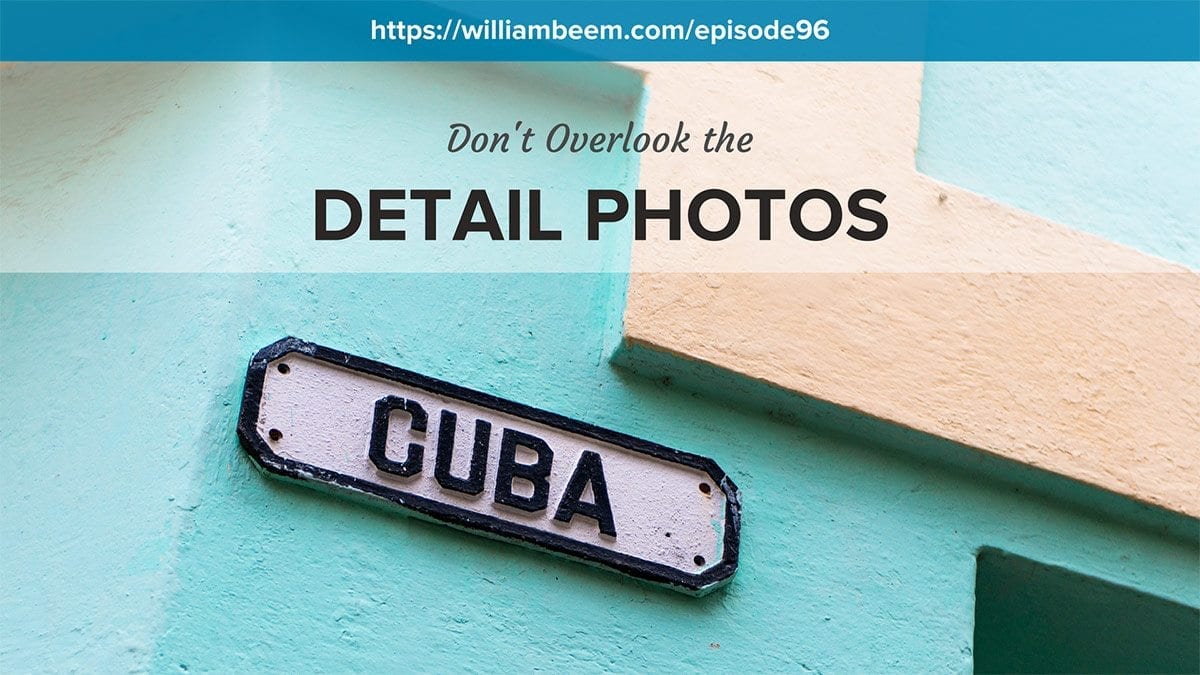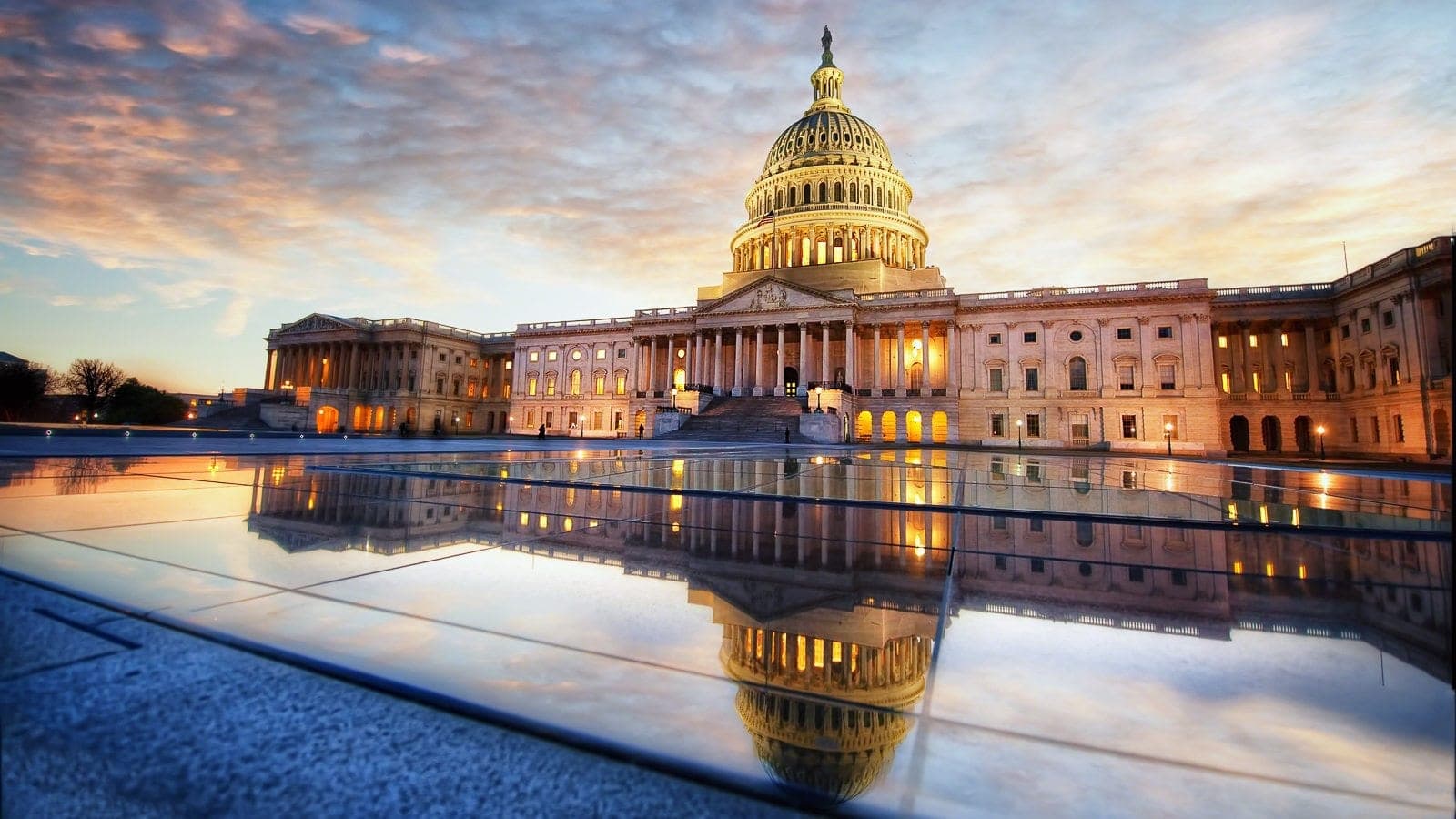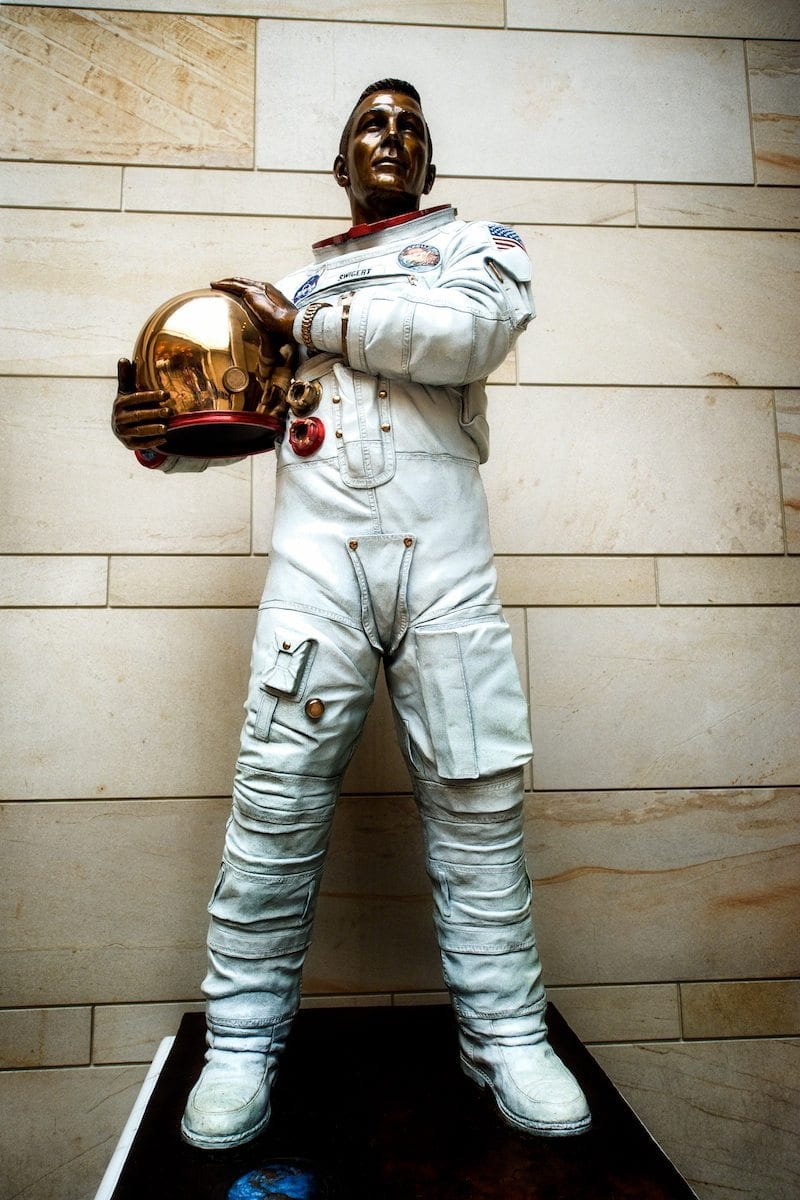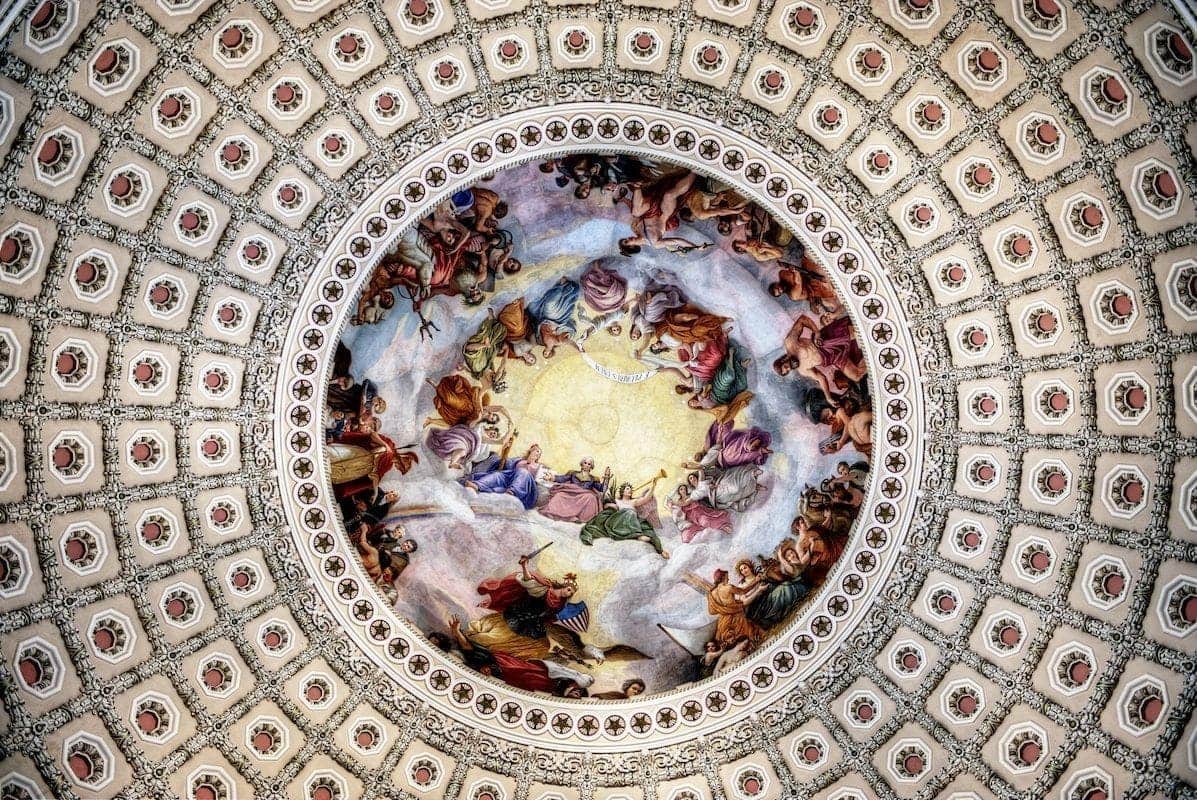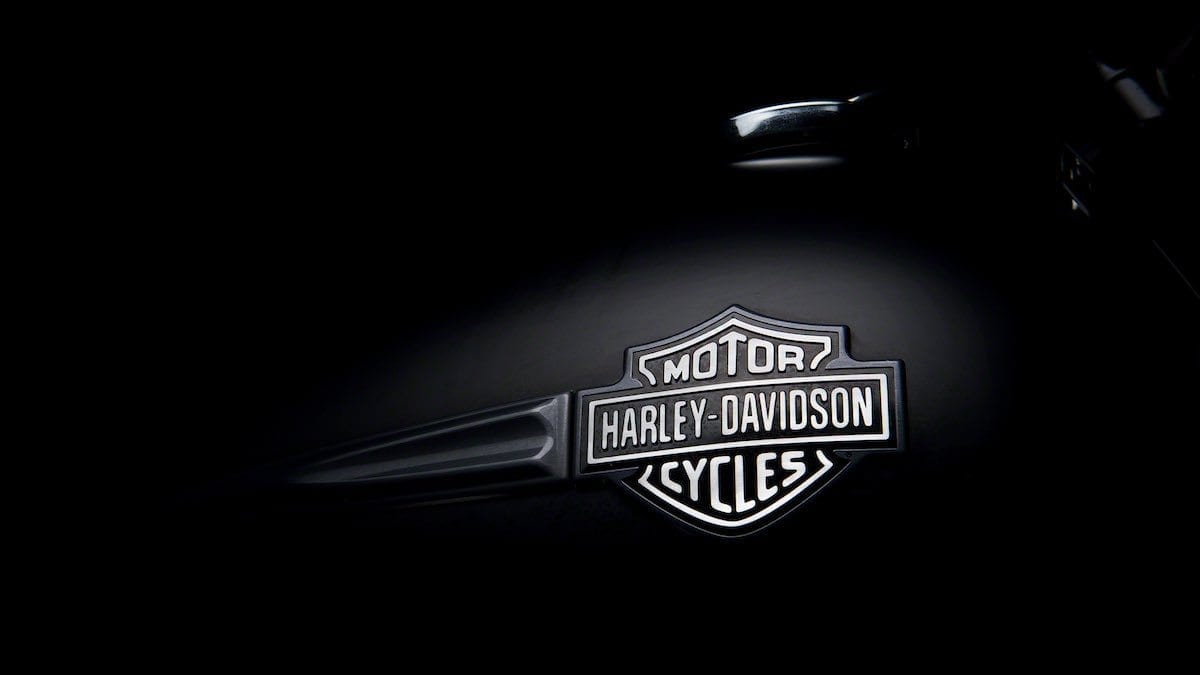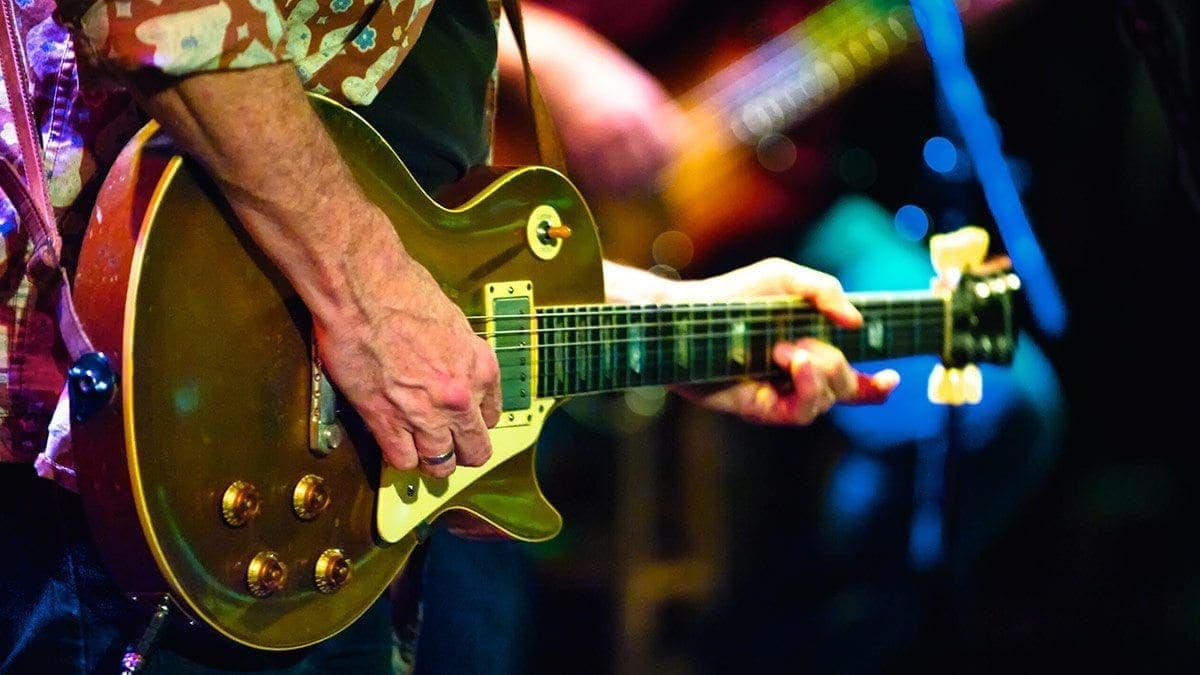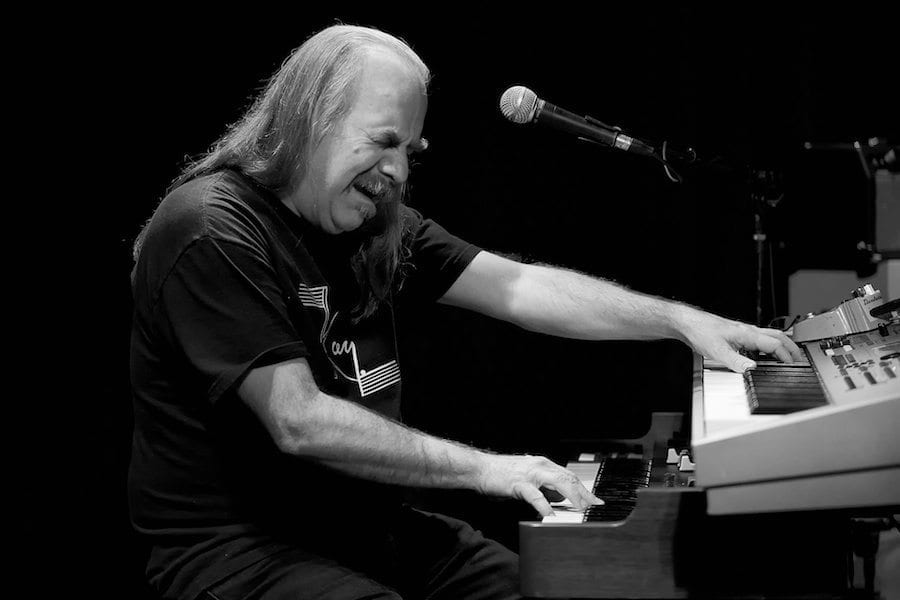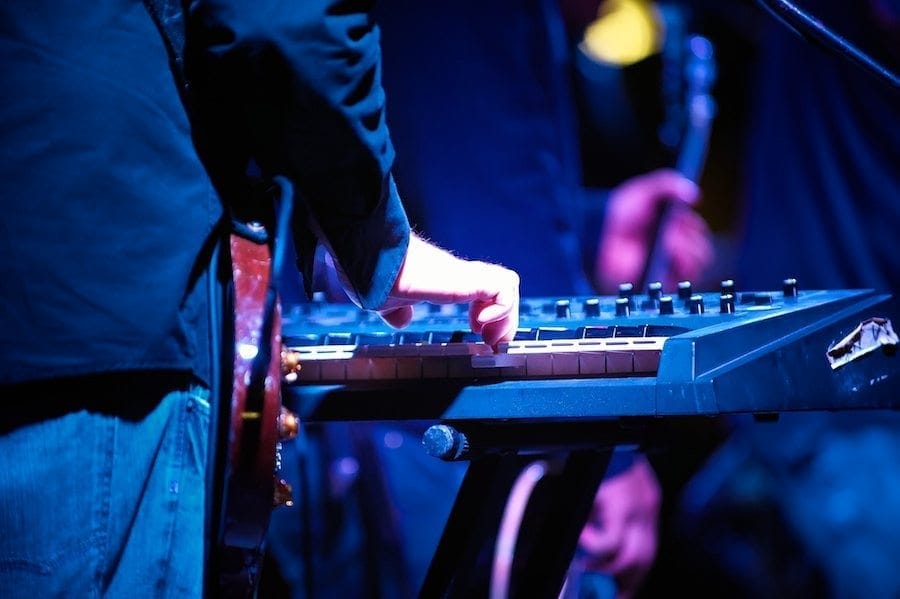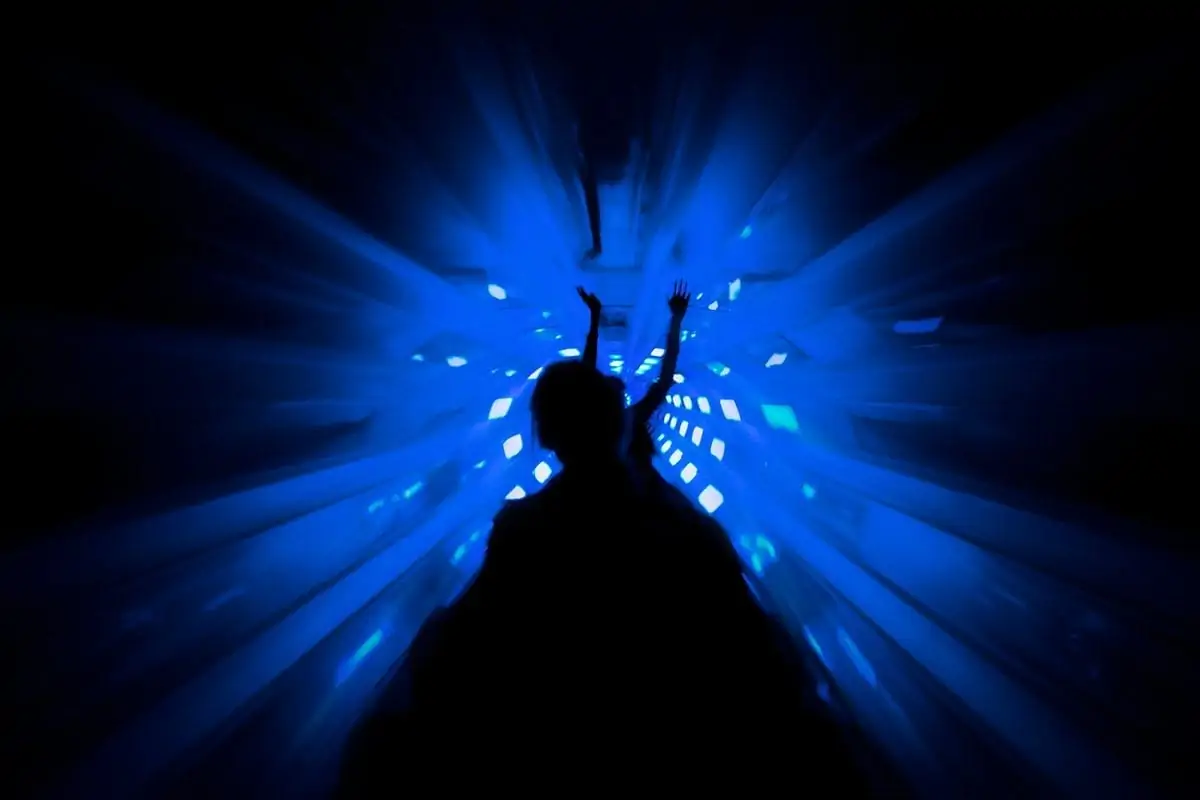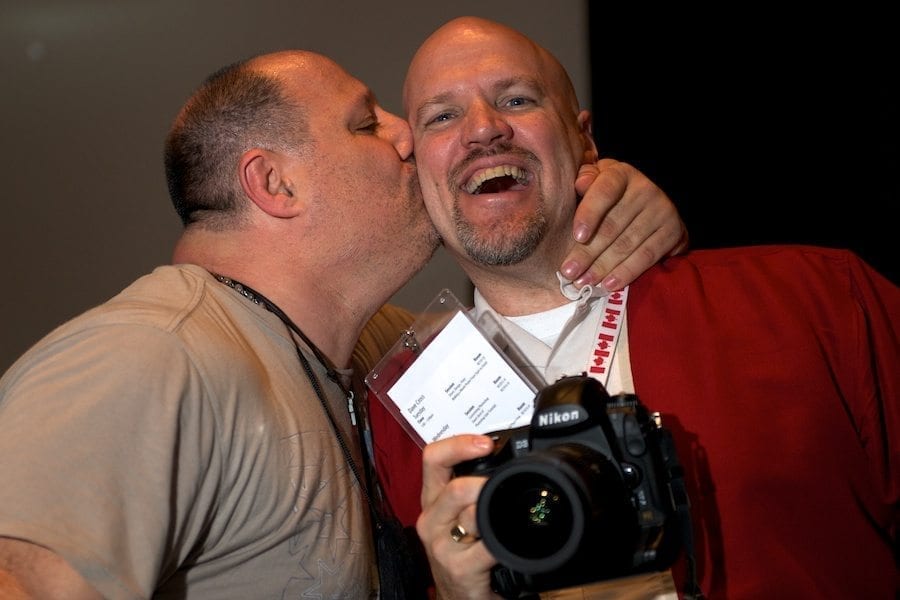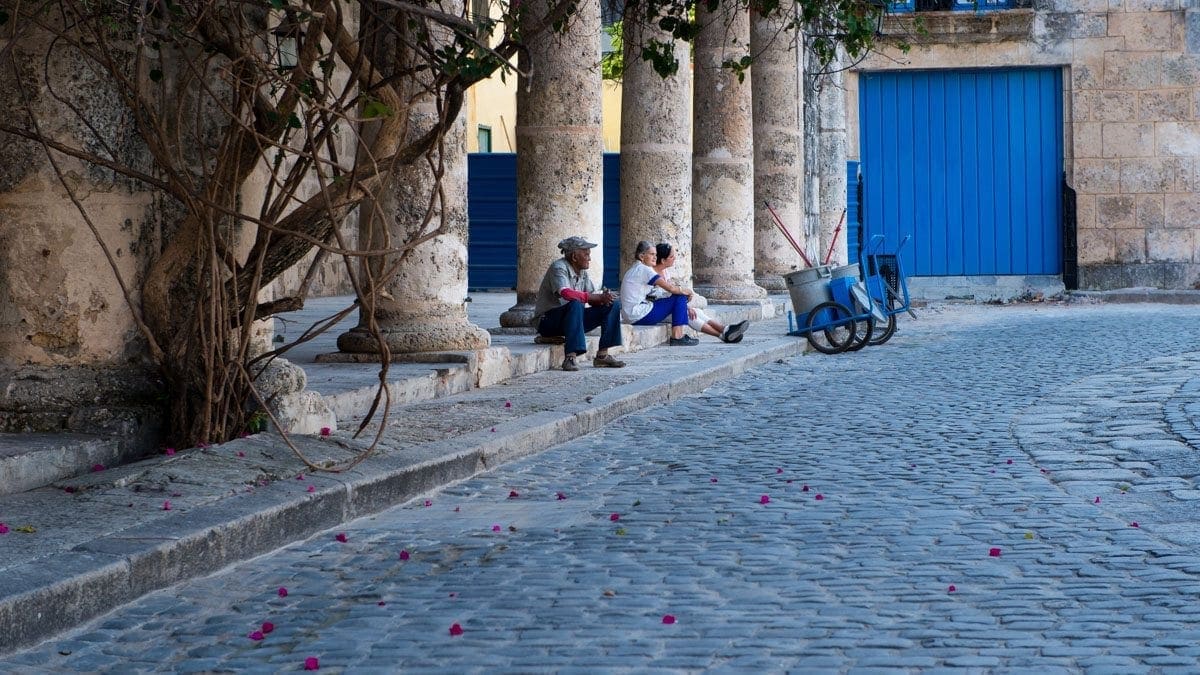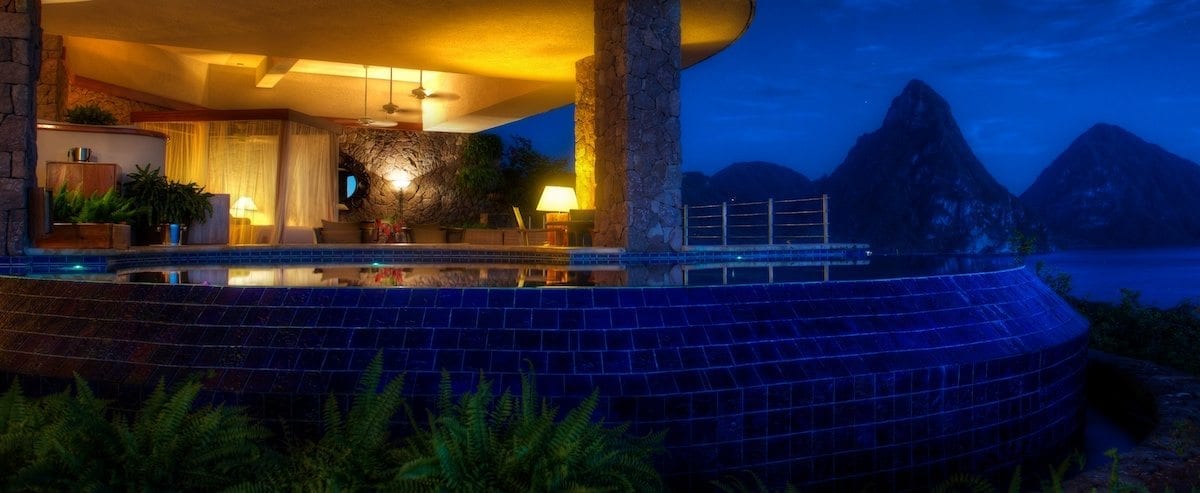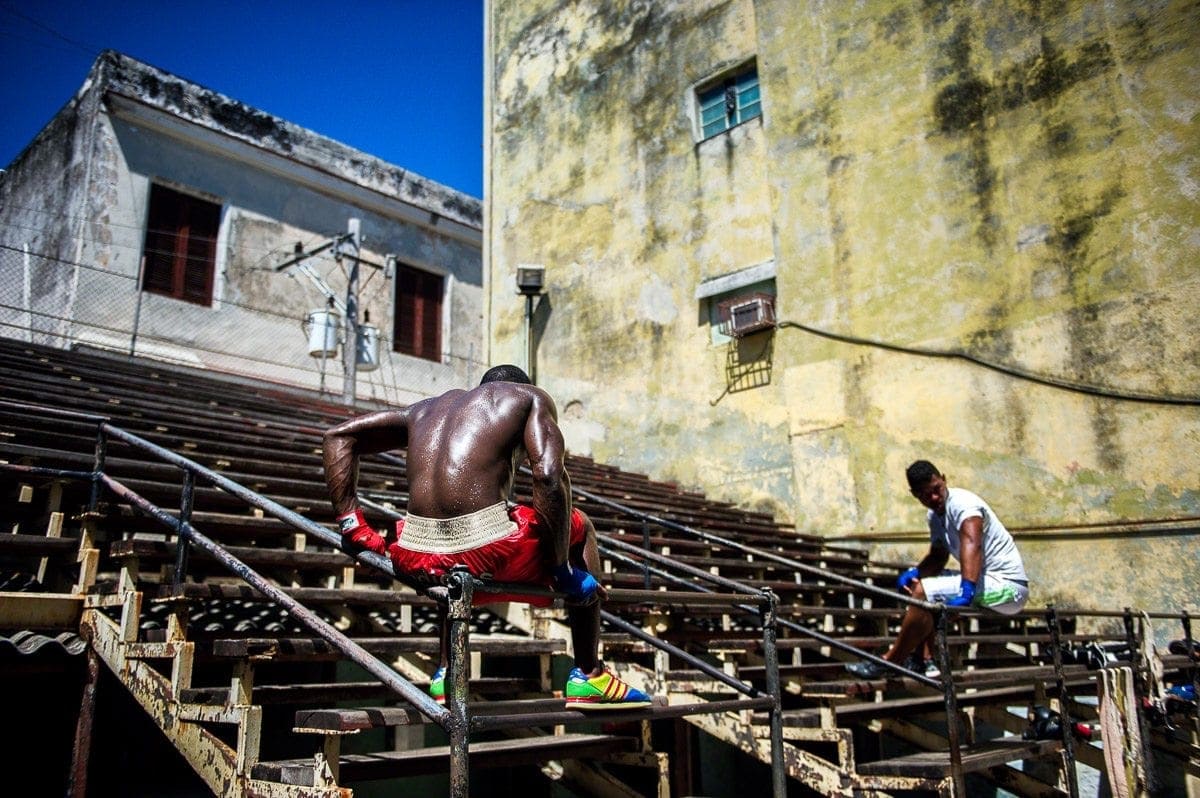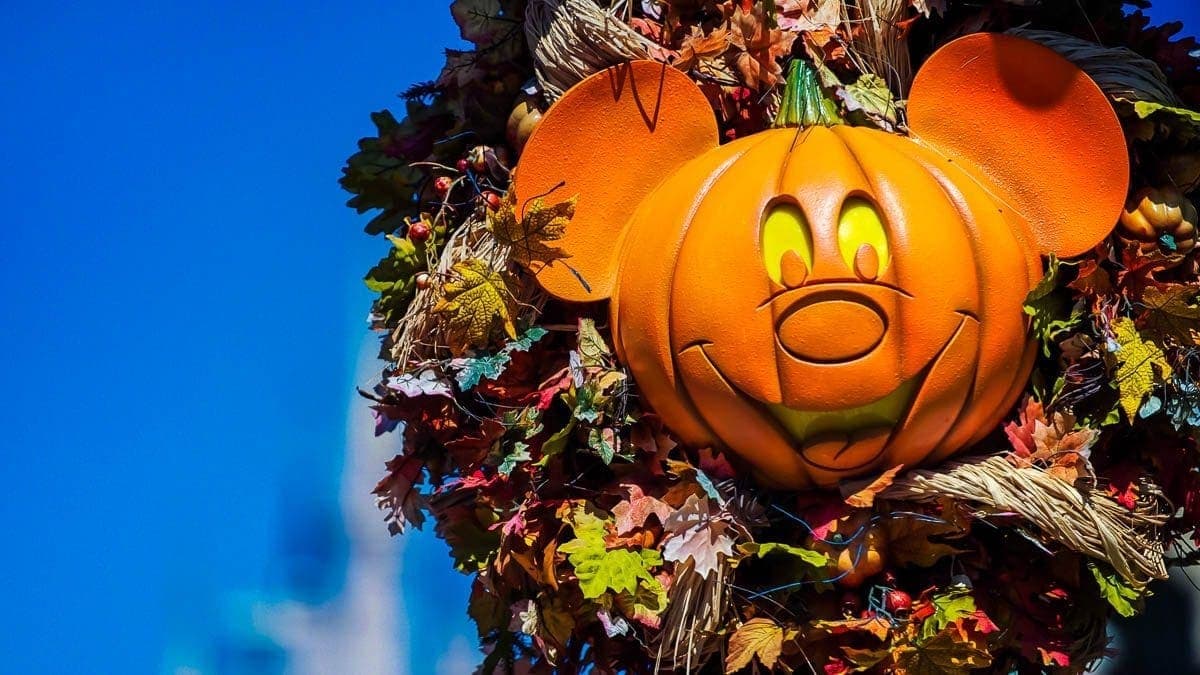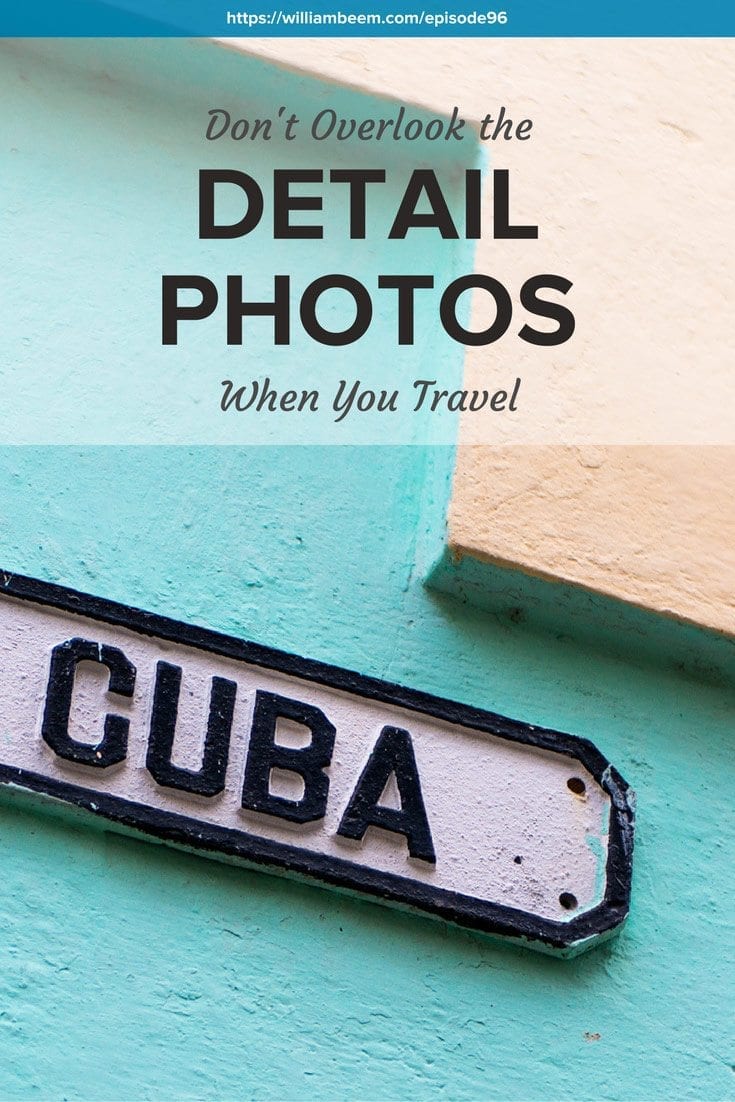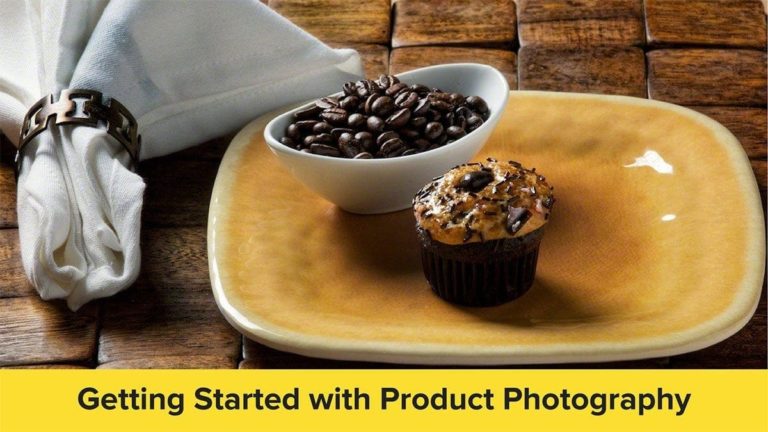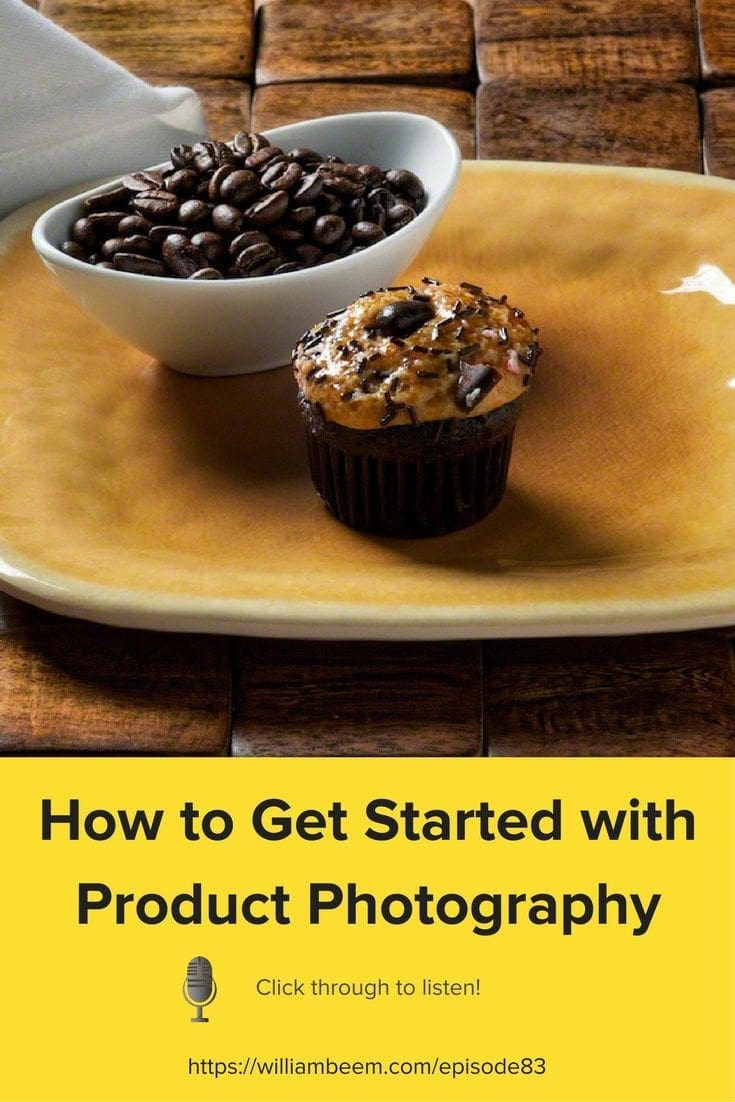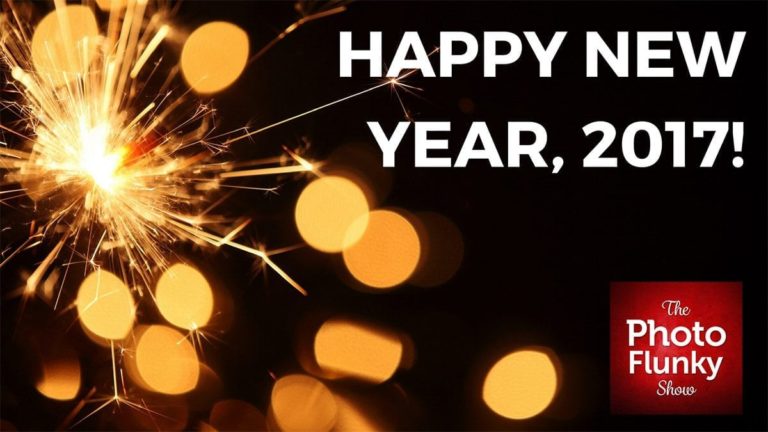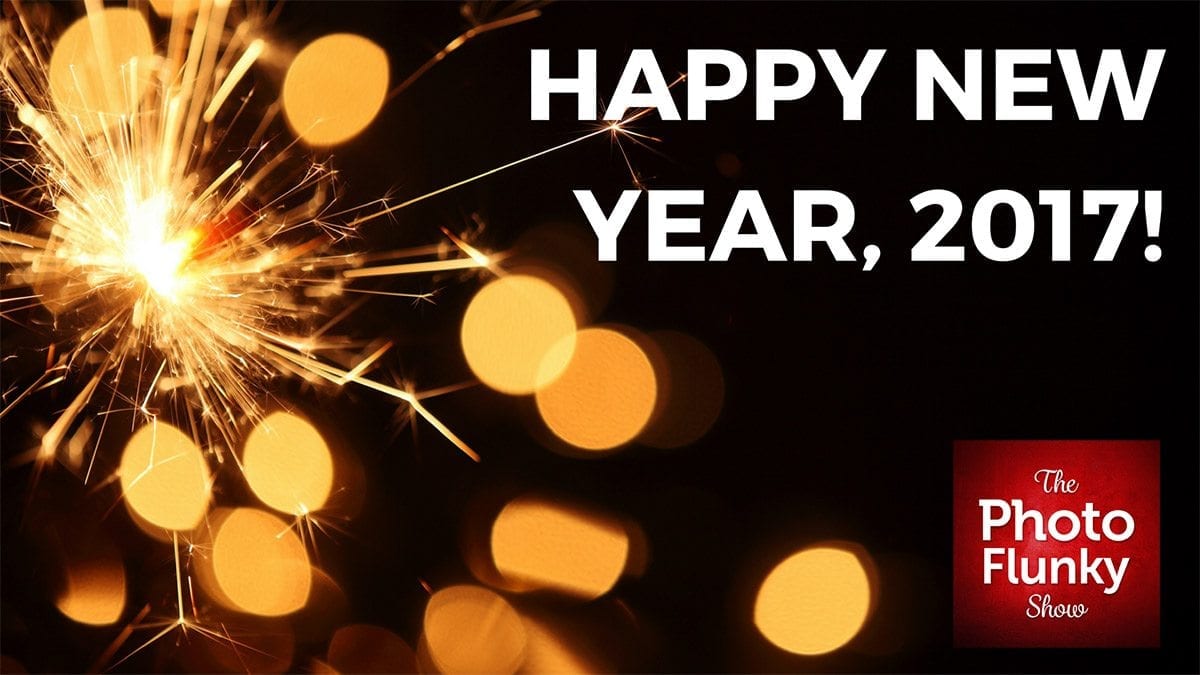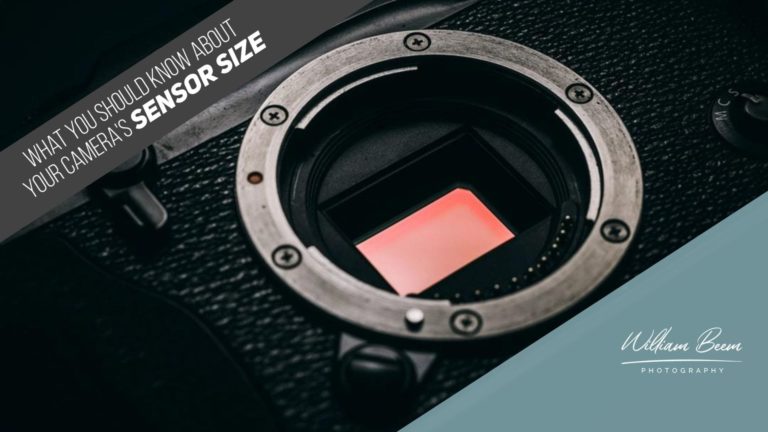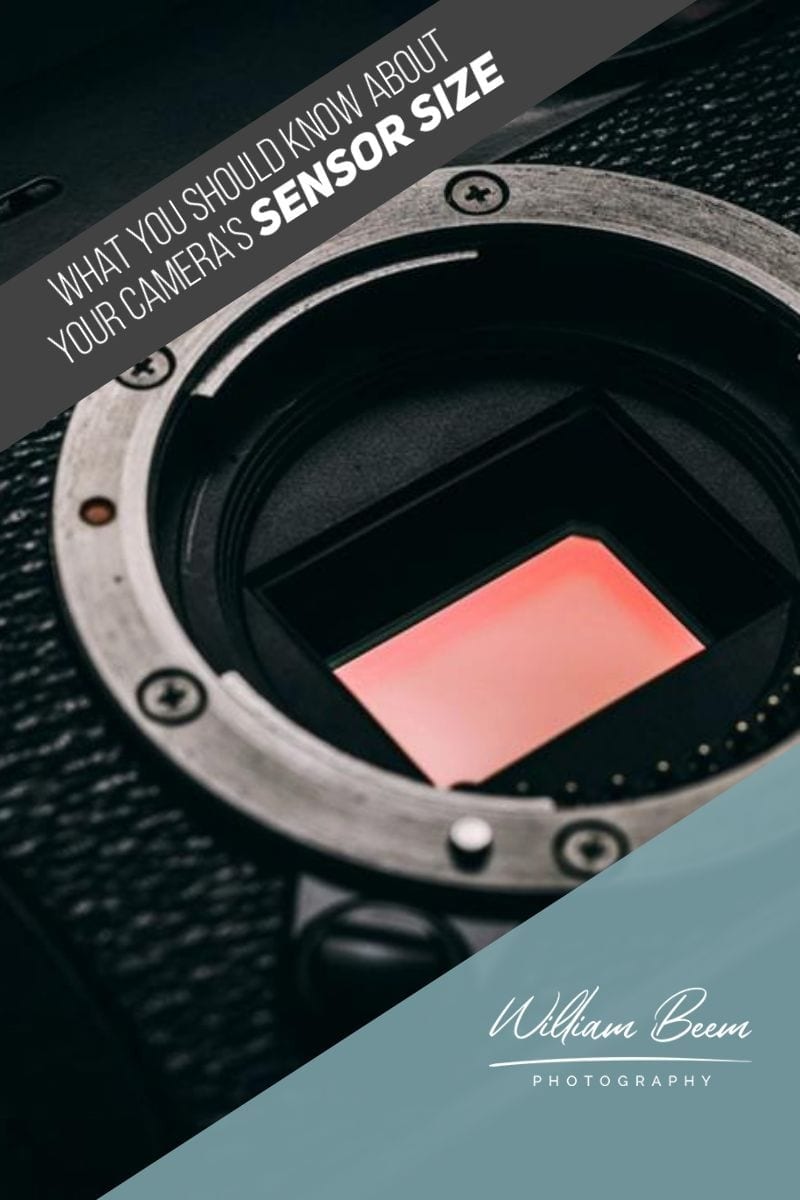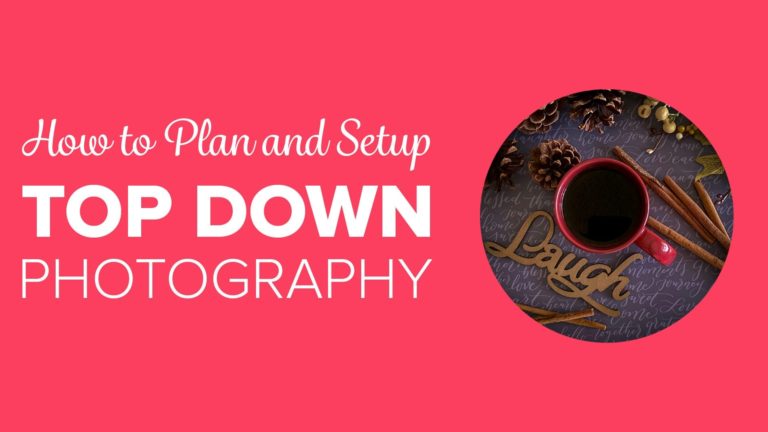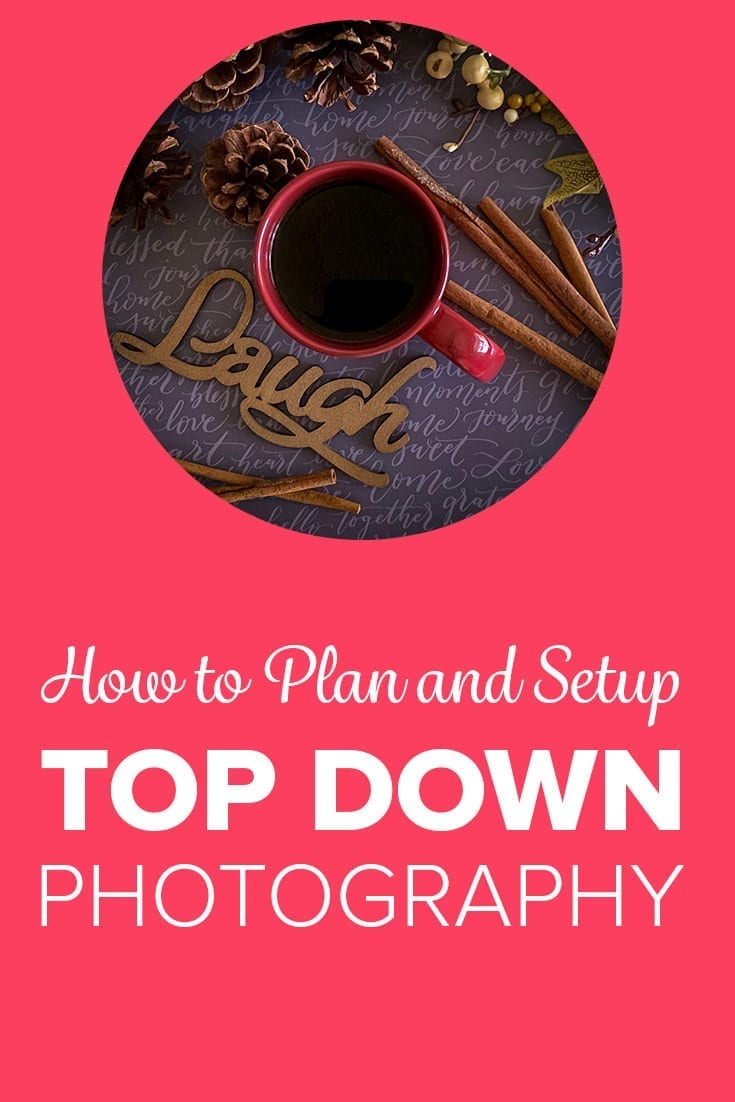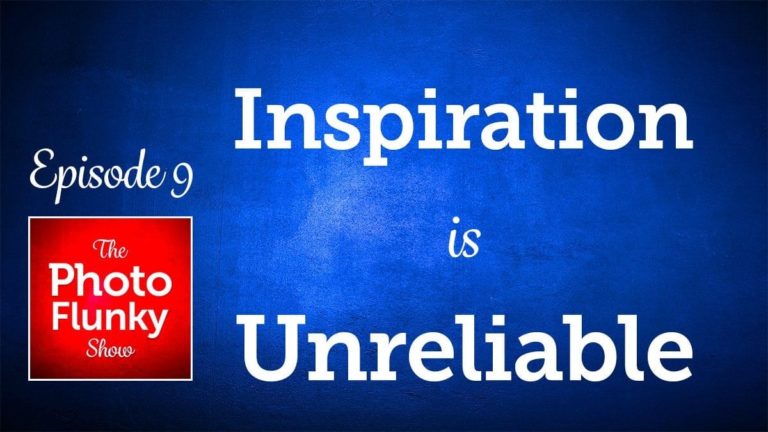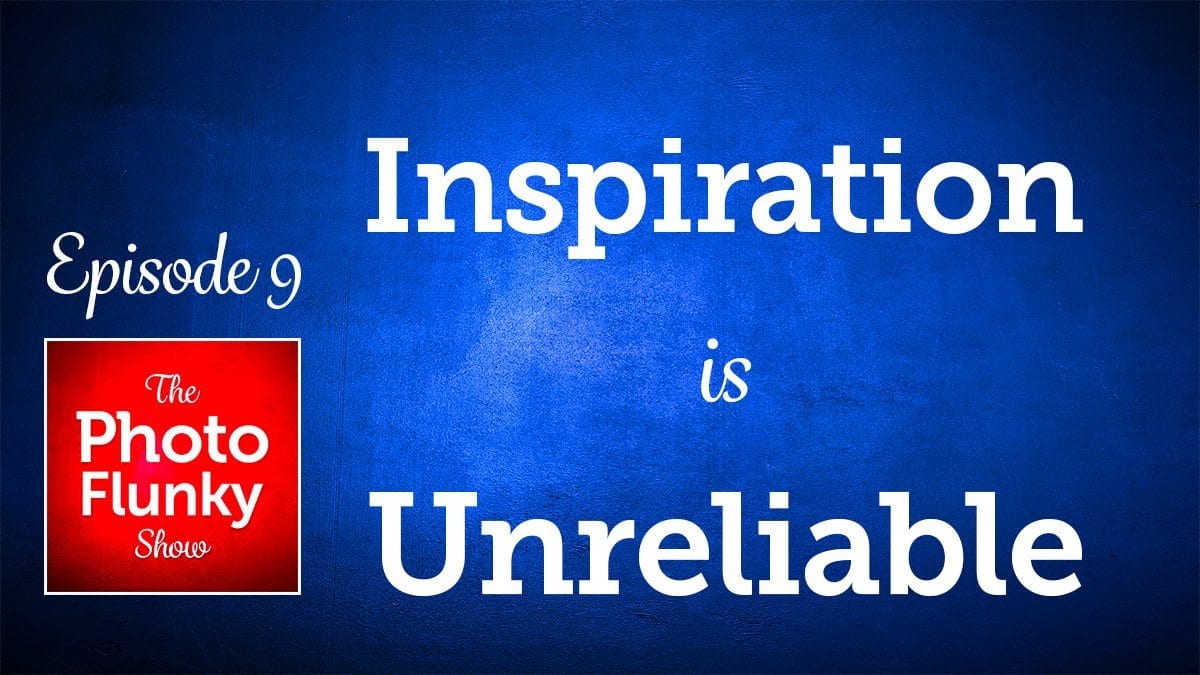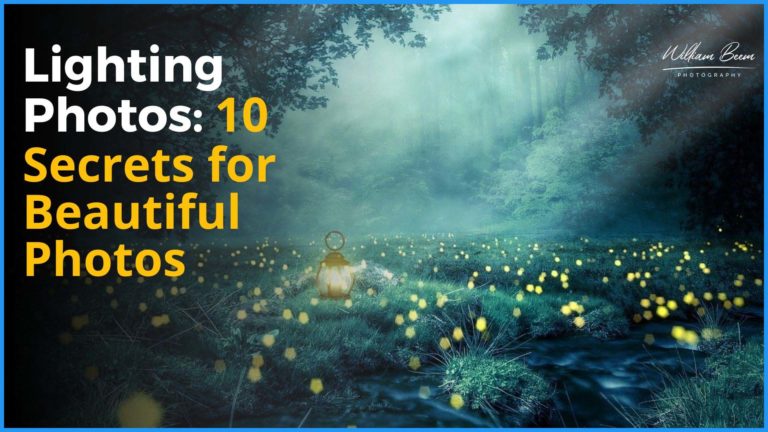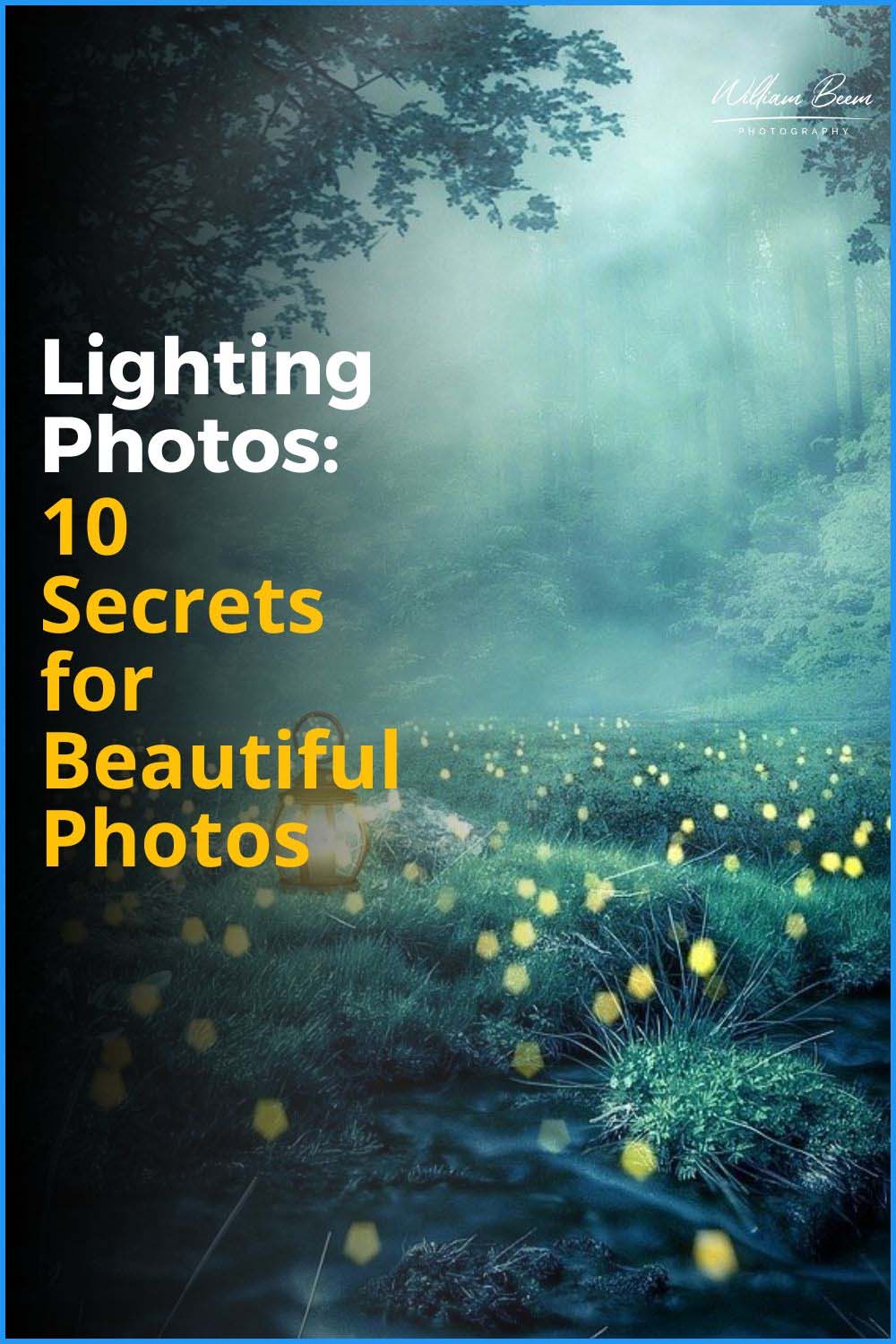Affiliate Disclosure: We earn a commission if you purchase through one of our links at no additional cost to you.
Detail photos are often easy to overlook when you travel, but they often convey some important part of your story. Imagine a trip without thinking of the food, or a wedding without a photo of the rings and preparation before the ceremony. Your detail photos are essential story elements.
What Are Detail Photos?
I often talk about photography as a form of story telling. Stories come in all sizes. Some are tall tales. Others are short stories. Other stories are epic, filled with chapters as the hero moves from one place to another, collecting experiences along the way.
Your travel photography can be any of those types, but it takes a collection of photos to create an epic tale of your adventures.
Notice that epic tales don’t feature action in every chapter. Some are thrilling and others draw upon different emotions. Your travel photos need to do the same thing. A travel epic tells the story in all of its elements, from big to small.
When we talk about detail photos, it doesn’t mean you need a macro lens or you’re photographing a tiny subject. While those can be detail photos, the concept of a detail photo in travel photography is taking a small element in context to a larger story.
Details fill in the blanks. The provide additional information to fill out your story.
How to Look for Detail Photos
When you think of travel to an exciting place, we often latch on to the major subjects or events. If you go to Paris, you want your photo of the Eiffel Tower or the Arc de Triomphe.
If you go to Washington, D.C., you may want photos of the White House, the Washington Monument or the U.S. Capitol building. Those are the big parts of your story (if you’re doing the typical first vacation to the city).
There’s more to the story than just a shot of the building, though. Perhaps you want to show items inside the building, like this statue of astronaut Jack Swigert in the Capitol Visitor Center.
Perhaps you want to share what it’s like to look up in the Capitol Rotunda.
There are other types of detail photos, also.
Brand Names
Harley-Davidson motorcycles are a big part of my life. My father used to race them at Daytona when it was still half on the beach and half on the road.
I’ve owned a few of them (including this FXDF model) and taken some long road trips. My friends and I spent a lot of time in Daytona for Bike Week and other events on these bikes.
This gas tank and badge are details that identify both a motorcycle and, to some degree, a lifestyle for me.
Hands and Tools
If you’re photographing someone at work, get shots of their hands and tools at work. It could be a guitarist, a cowboy, a painter or someone rolling tobacco leaves into a cigar.
You can take a photo of the person at work and it tells part of the story.
In this photo, you see the emotion on the performer’s face. It tells you something about his work and how it makes him feel. Of course, you can change the story when you get closer.
Now you have a much more intimate look at the performer’s work. There are no expressions to color your view of the performance or the photo. Getting closer gives something of a “you are there” feel to the experience.
Detail photos show you stories within stories.
Show the Food
How do you describe the wonderful meal you ate, or the perfect dessert at this little place you discovered?
The answer is simple. You don’t. Why talk about something when you can show it?
Every travel experience has food. To be honest, it’s not always good. Sometimes the food just doesn’t look good, smell good or taste good. No matter, take a photo. It’s part of the experience. It’s part of the story.
Remember the epic adventure. There are triumphs and there are pitfalls. Whatever you eat, it’s bound to fit somewhere into your epic story.
Show the Moments that Matter to You
Remember that moment you get launched on a rollercoaster, or you’re riding down the road in the back seat of a convertible? Try getting a photo of the moment.
Not every moment is exciting. You choose the emotion. Maybe it’s quiet, poignant or even funny. Those moments are part of your travel experience, so you need to catch the details of those moments.
Some of experiences may be a spur of the moment event, never to happen again. Maybe it’s a quick snapshot, but it’s another detail in your travel story.
Maybe the moment isn’t even your moment, but you found something to appreciate about it.
Where Did You Stay?
Anytime you travel, people want to know where you stayed. Was there something interesting about your hotel, the room, or even the view?
It doesn’t matter if you go on a cruise, sleep in a tent or have a five star resort. Get photos of the room and the place where you’re staying.
One tip. If you plan to photograph a hotel room, do it as soon as you arrive, before you open the suitcases. Once you start pulling things out of the suitcase, the room never looks the same.
Of course, you may want a before and after. The pristine room and then the mess you created because, you know, life is messy.
Show the Color and Texture of Your Environment
Every place you visit has a look and feel. It may be the uniform colors of Santorini or the colorful decay I saw in Cuba. Some places are modern. They may be bright or dark. Warm or cool. Vibrant, busy or even furry (stroke the furry walls).
Whatever it may be, there is an environment to your location. Look for the details of the environment and use it to show something about the place you visited.
Find the Things Most People Never Notice
Something as simple as a shadow can say a lot about a place. It’s the kind of detail photo that may go unnoticed by many people, but yet it says something about the place you visited.
We tend to take things for granted, but store them in the back of our mind. You may not think about the shape of the street lights in a given city, but you remember them when you see them again.
Every fall, hordes of people walk past street lights on Main Street in Walt Disney World adorned by these Mickey pumpkins. Once they see them in a photo, it jogs a memory to take them back to a time and place of their own.
Perhaps better, you may find a detail photo that makes someone want to go there just to have that experience on their own.
Did I Miss Any Detail Photos?
I’m sure there are plenty of other ideas for detail photos. Tell me about some of your favorite subjects for detail photos in the comments below.
Subscribe to The Photo Flunky Show
Thank you for listening to The Photo Flunky Show. Make sure you get every episode by subscribing.
iTunes – https://williambeem.com/itunes
Stitcher – https://williambeem.com/stitcher
Google Play – https://williambeem.com/googleplay
Blubrry – https://williambeem.com/blubrry
Social Media Links
We love seeing your photos and keeping in touch with you on social media. Here’s where you can find us.
Transcript
William: Welcome to the Photo Flunky Show, Episode 96
Today we are going to remind you why you don’t want to overlook the detail photos when you travel.
Hi, my name is William Beem.
Lee: Hi, my name is Lee Beem.
William: And before we get started I want to let you know that show notes are going to be available at williambeem.com/episode96 including a free transcript. And there will be links there to subscribe.
You can also find this and other episodes at photoflunky.com.
Also, I want to let you know that I’ve got a free ebook for you. It’s called Creative Portraits and it’s about the emotional and creative side of portrait photography, not the technical issues so much. You can find that at williambeem.com/freebook
Get it, read it, download it, maybe not in that order. Share it with a friend or tell them where to get it. Hopefully you’ll like it. I think you’ll have a good time.
We are talking about detail shots and honestly, this is something I have had to get better at. I am horrible at taking detail shots. I always go out there looking for the grand image; looking for something that’s really going to make a statement as a single photograph and the problem with that is when I want to go and create a collection of things to try and tell the story of my travel it doesn’t work when you’ve only got one type of photo.
Lee: That’s true and I’ve got the opposite problem because I am just naturally tuned into spot the details and I ignore the big picture collectively.
William: Not surprisingly, we are at opposite ends of the spectrum when it comes to photography. The reason why you want to collect those detail shots really is so that you have a collection that tells a story of your trip and by detail shots I am thinking of things that are not necessarily small things, but things that are part of your experience.
It could be the food, it could be something you saw or something that had an impact on you. Or it could be just some of the local color and flavor.
When you are looking at detail shots, what kind of things are you looking at?
Lee: For example, if I walk down a street in a quaint place with a lot of character – just giving an example somewhere on vacation – you get the person who will take a wide angle shot down the street and get this beautiful overall picture that you get to experience what it’s like to really be there looking down and you’ve got this full peripheral vision. I don’t see things with the full view. I tend to zone straight in almost like my eyes have a macro zoom lens on them and I tend to go straight for the details. So I’ll see the little details on a street sign and immediately focus on that or a little setup or display in a store window and focus in on something like that.
So maybe even something in the cobbles in the street, with something been chiseled out there. I tend to look at … I’m naturally drawn to the details rather than the big picture and my big picture is made up of the details where for other people maybe they see the big picture and they find the story within.
William: We’ve got a couple of things about how this works. One of the things we are working on is a story for our other blog, Orlando Local, and we want to do an article on the best Instagram shots in the Magic Kingdom.
What does that really mean? So we went there and we are all taking photos. You me and Tove. Every one of us were out taking photos and when we got back together and looked at them we could see the difference in how we would see things.
I was looking for places where I could maybe take portraits of Tove while she was there because a lot of Instagram is “Here I am in this place.”
But one of the things you pulled out that I really liked. We wanted to show some of the snacks and food there and we went and got a dole whip and we were trying to hold these things up against the Tiki Gods. Big tall Tiki Gods up there and you hold this tiny dole whip up to it and it doesn’t work that way and if you tried to back of some things in Walt Disney World you get a whole bunch of tourists walking in your shot.
But you found a little skull that was on the wall.
Lee: I turned around and it was right there and I thought this works. It set the stage for where you were. Anybody who knows that area of that particular Disney park knows exactly where you are and they also know that’s where you get the dole whip and the two go together. I spotted the statue and put the dole whip down and they paired for me.
William: It wasn’t just a matter that you found a detail. But also the color between the black and then the orange.
Lee: The black had a lot of blue in the granite.
William; It just really worked well and I looked at that shot and thought that’s it! People who go to Walt Disney World are looking for Hidden Mickey. In other words the Imagineers who put all this stuff together will always look for places to put the little Mickey Mouse head in places that you don’t’ expect to see them. It could be in the cobblestones, it could be on the wall, it could be in anything and those are detail shots that the whole … millions of people at Walt Disney World are looking for and trying to include. But it’s not just there. When we go travel our vacation we had in Sanibel last year, we had shots of the food, we had shots on the beach with the shells. Sanibel is really known for its shelling. Even with the restaurant outside while we were waiting there was this enormous wooden chair that was painted and you sit in it and look like a toddler.
Lee: Yes. That was kind of cute but you spotted that and you saw the shot in that.
William: It was part of our experience though.
Lee I’m the kind of person who will have a glass of wine sitting with a meal and I’ll look through the glass of wine and through the top I can look over the wine through the side of the glass and see the food coming up through the clear side of it. That’s my shot. I think we are just wired differently for how we see things and that’s the beauty of it.
William: But all of these are part of the experiences that we are having and I think that’s why you don’t want to overlook them. Simply because when you are traveling it’s not just having the big vista so going back to Walt Disney World and the Magic Kingdom example, you can look down Main Street and you can see Cinderella Castle and get the shot that millions of people have gotten before. It’s going to change from day to day, depending on the weather, depending on the time and who’s there. I’ve got some shots that I really love going down Main Street and yet that was not the only part of the trip so if I only show something like that I’ll walk away with a few photos and they might serve as individual photos, but if I want to tell the whole story I have got to take the advice I got from Joe McNally. He talked about if you go to shoot the Kentucky Derby. You go from big to little.
In other words you might show the entire race track. Then you go show the preparation before the race. You show the horses, you show the jockeys, you show the ladies in their hats because it’s well known for that. You show the cocktails. Everything from big to little and combined they tell the story. That’s really why we are talking about don’t overlook the detail photos when you travel. I am notorious for this. I am doing better, but I am trying to think of the elements of travel that we need to show.
Lee: That’s where I need to work on the other side. I’m OK with the details. I just put my pictures together and sometimes I have to explain them. Because if people aren’t familiar with the details and how they fit into the scene. They don’t understand what it’s about. So I guess you and I make a good team. We should go shoot together.
William: Of course we do! But here’s the nice thing about details. You mentioned that you might have to explain them. They provoke curiosity. Oh where did you find that? What is that? And those are the kinds of things that I believe draw people into your story.
Lee: I never really thought about it like that.
William: All I think about is stories.
Lee: I get the story side, but I never thought about the details provoking curiosity.
William: Let’s say that some of the common elements that you are going to look at when you’re traveling … some people will start off with getting ready or maybe being on a plane with those shots. That’s part of their trip. You want to see the hotel, you want to see the room, you want to see the exciting things that are happening in the area where you visited but on a more basic level you are probably going to have some really nice food. You are going to have some good drinks, I hope.
Lee: Oh yes.
William: I don’t mean it has to be cocktails. You might be out there with just a really nice milkshake.
Lee: Actually I’ve had some really good coffees in the morning sometimes. Never at the airport, but elsewhere.
William: But people on Instagram are full of coffee shots. And those are details that resonate with people because that looks good. I’d like to have that. I’d like to be there. And that’s kind of what I’m looking at for the detail shots. It’s not just always looking over the Golden Gate Bridge. It’s like imagine you are standing there with your little cup of coffee and the Golden Gate Bridge in the background. It gives you more creative options when you include the details and maybe put the big major thing in the background of the shot.
So it tells the story. It’s not just that I’m here by the Golden Gate Bridge. But I am here having a moment with my coffee.
Lee: I’m often having a moment with my coffee. I had one this morning. My coffee and my crazy socks.
William: And I’m just making that up because I don’t drink coffee.
Lee: I do!
William: When you’re looking around at details how do you find the right detail? Why do you decide to include this but that one isn’t important to me?
Lee: That’s kind of difficult to put a rule into it. I think most people even if you’re not into taking detail shots, if you understand where you are you know if the detail fits. If it doesn’t really say anything about where you are it doesn’t fit which means it’s not part of the story. So taking a photo of your shoe laces untied on a paving stone waiting for a bus means nothing. But if there is a specific type of stone that is unique to where you are that might be a different story and I’m giving silly examples.
Some things fit within the context. It has to be in context and if you cannot make some kind of connection with where you are with that detail that’s the kind of thing I’d say that’s for me. I get it but I don’t want to have to explain it.
William: I know what you’re talking about. If you’re in your room and you take a picture of your toes nobody really cares. You go to the beach and see the wave just coming up running over your toes and take a picture of that … it’s like my toes just touched the water. This is my first moment at the beach.
Lee: There we go. That works.
William: Then you have context with the place you’re at. It may not tell you which beach you’re at but it tells you something about the experience that you’re having.
Lee: It says you’re at the beach.
William: Or even something as simple as the people you meet. We meet a lot of people when we go out but if somebody has done something very special for you, you want to take a photograph of them.
For example, we went to the Halloween party at Walt Disney World and there was a gentleman outside the ice cream store that had a little picture frame and he was great and we got a photo of you with him hanging out with that little frame.
Lee: He was so cool.
William: It’s that sort of thing where people who impact your stay can make a big difference. They are part of the details too I think.
Lee: Yes. Even winter time or Christmas time if you live in a colder climate. I remember going to a German Christmas Market. It was freezing cold. Where every breath make clouds. It looks like you’re vaping or something and it was just getting dark about 3:30 in the afternoon and already getting dark. And Tove and my mom had stopped for hot cocoa and they were leaning over. Tove had this stick of marshmallows dipped in chocolate sticking out of the hot cocoa. But the breath was making fog and so was the steam from the cocoa. And you had my mom trying to – grandmothers always want to try and help – fix something or clean or wipe something and there were these two knitted hats with pom poms leaning forward over this cup of cocoa. If you didn’t know them you wouldn’t know who they were from the photo but it was just that moment. In the background you had the snowflakes and Christmas lights and things and decorations in the background. It kind of gave a setting. This is winter. It’s cold. It’s Christmas and I have something warm. To me it was the warm and the cold.
William: You know another thing that came to mind for me was something that is maybe specific for an event. Like Mardi Gras. The beads. And you’re going to see those on the street, you’re going to see people wearing them but a nice little set-up table shot with the beads and maybe something else.
Lee: Masks and feathers.
William: Those sort of things people instantly recognize the beads, the colors the masks and the feathers. They know what it is and it’s like those are details that you want to get to kind of commemorate the event. It’s not just seeing people in them. It’s like these specific objects are part of your details.
Lee: Absolutely.
William: That can go with any kind of travel you do. If you are going on a ski trip you want to show your gear.
Lee: I do it all the time with my stuff. I mean I run. Everything for me … I cannot run without my feet. I would love to run barefoot but I don’t run on surfaces that are suitable for barefoot so I wear shoes. I have a lot of photos that feature my shoes. They just go because no matter what I put together or what I had on my run, if my shoes are there, they are running shoes and they kind of link the details into the story.
William: And the tools somebody uses. I did a photoshoot with someone who is a cowboy and yes, we did portraits of the cowboy, but I also took photos of his equipment. The lasso rope that he had, the knife that he had and just the tools right down to the boots. These are parts of who he is and how he uses these things to do what he does for a living.
Even right down to his horse and the saddle. Obviously those are going to be important elements as well. Some are going to be bigger and some are going to be smaller but they all come together and yes, you want to take some action shots, you want to show the whole field where he is working, but those little detail shots, they give you the close up look and those are the ones that speak the most. Not so much even just about the action shots, but this is how he prepares to do what he does.
Lee: For me I’d be straight in on the boots.
William: You’ve got a thing for cowboy boots.
Lee: I do!
William: I hope that helps you out. We were looking at the idea of some detail shots. It’s a place where I need to really spend more time and we just want to let you know that it can be anything that is relevant to your travel and your subject. It could be street signs, it could be cobblestones, it could be something you see in a window or something that you experienced. Maybe you went there for an event and you just need to show some of those signs or anything that really has context with where you are. We are looking forward to seeing what your shots are. So if you like this episode and you like to take some details shots, please leave us a comment.
You can find us at williambeem.com/episode96
Thank you for listening to the Photo Flunky Show. Episode 96 as I mentioned, you can go ahead and leave us a comment. Show notes and a transcript will be there for free at williambeem.com/episode96
And of course there will be links to subscribe on iTunes, Google Play Music and a few others. Thanks very much. We’ll see you again next week.

